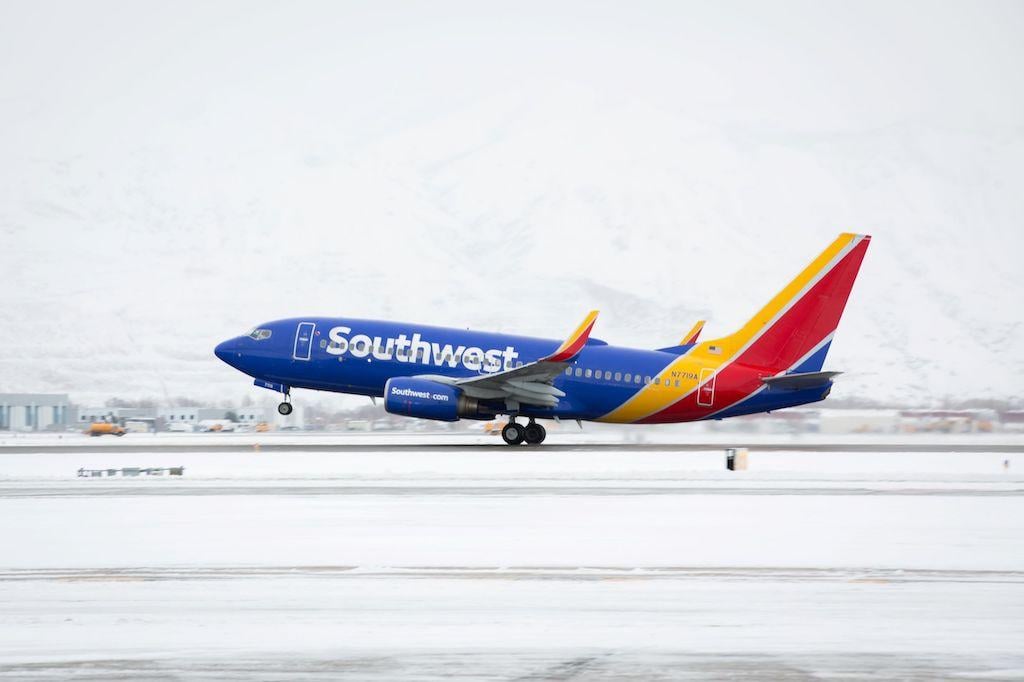
A Boeing 737-700 in Southwest livery.
Credit: Southwest Airlines
The latest chapter in the book of change at U.S. carrier Southwest Airlines has been written. How will the story end? Developments so far in Southwest’s transition include a three-year plan to cut costs, restrain growth and offer customer products more in line with those that other U.S. majors...
Analysis: Can Southwest Meet Demands For Change And Keep Its Soul? is part of our Air Transport World subscription.
Subscribe now to read this content, plus receive full coverage of what's next in air transport from the experts trusted by the global air transport community. Every article focuses on what airline management professionals need to run their airline, including crucial analysis and insights in financing, airframes and engines, environmental and regulatory pressures and much more.
Already a subscriber to ATW or an AWIN customer? Log in with your existing email and password.





